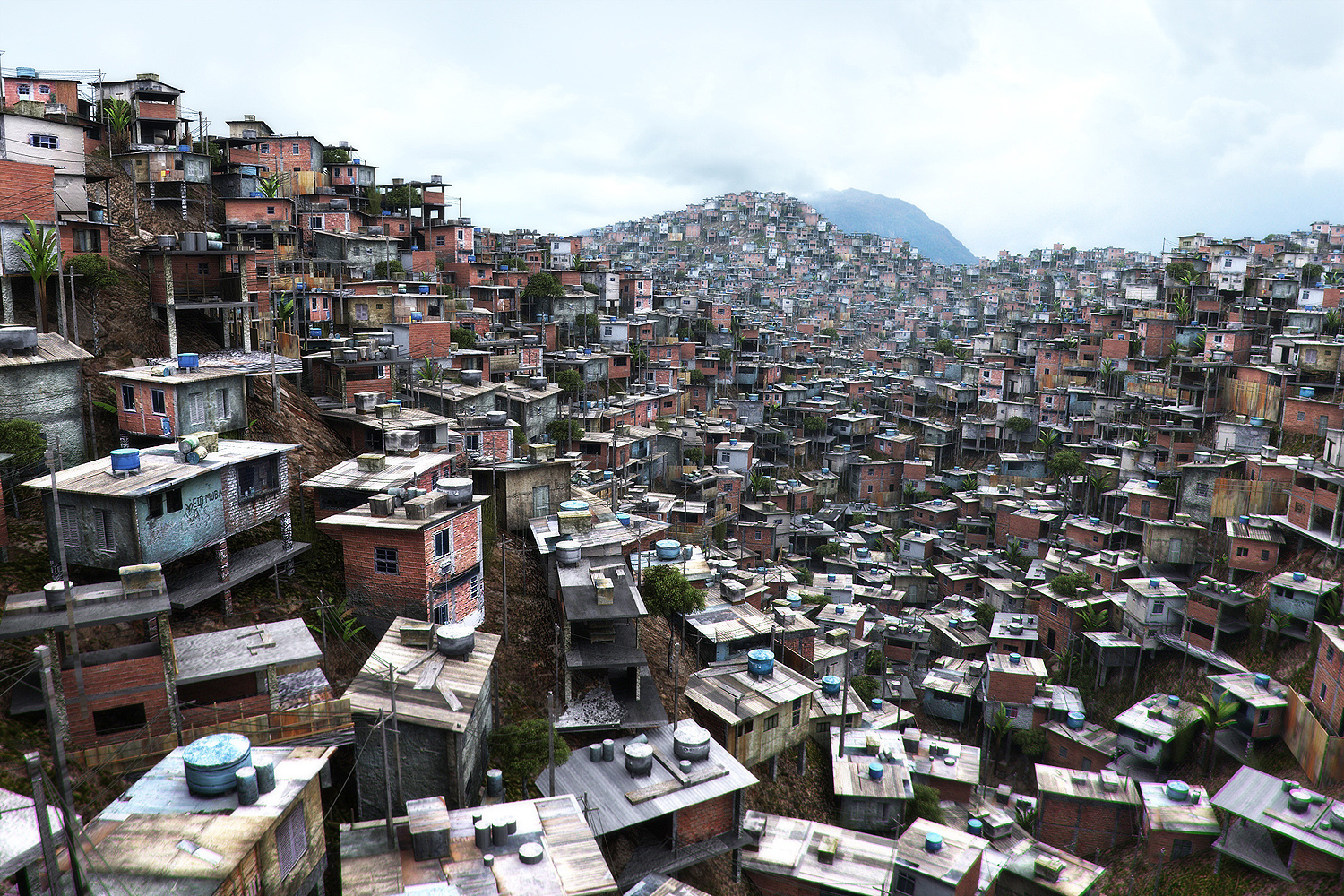The discussion about the concept of “emergence” seems so very broad and inclusive of so many topics and disciplines that distinguishing a solely architectural aspect is impossible. Emergence, with its concepts of connectedness and collectivity, will mean that architectural themes connected to the term emergence will be linked to other themes and topics. One such example is given in Stephen Johnson’s book “Emergence – The connected lives of ants, brains, cities and software,” where in the third chapter, he identifies the silk weavers of Florence, Italy as having remained in a single place throughout over a thousand years of history and being of a collective intelligence, which can be traced back to the guilds that originally established the communities of various trades in Florence. But the architectural and urban organization elements of Florence, although able to be categorized and interpreted under the concept of emergence and collectivity within the city of Florence, are linked to these silk merchants in a different way than the traditional situation of the silk weavers being occupants of the city’s architecture. They are instead the static element in the city, and the architecture is what has changed throughout the years.
On the second page of the Emergence in Architecture article, the author states that: “Emergence requires the recognition of buildings not as singular and fixed bodies, but as complex energy and material systems that have a life span, and exist as part of the environment of other buildings, and as an iteration of a long series that proceeds by evolutionary development towards an intelligent ecosystem.” Thinking about the slum of Dharavi in Mumbai, this is what occurs in the transient, kinetic cities that contain so many temporary structures. Each building or constructed shelter, outhouse, shop, market, home, etc. can be seen as a part of a development of the larger ecosystem and community of the kinetic city. The informal sector that these cities are a part of reminds of the lack of data able to be collected from these places, since many structures and land plots are not organized by a state or marked off with legal boundaries: they are a part of a larger, constantly-evolving system.

The above photo of Dharavi from the river demonstrates how the structures created in this larger system are somewhat indistinguishable from one another, and work together to create the spaces used for every part of an inhabitants life.
[Image from <http://www.mumbailocal.net/>]
